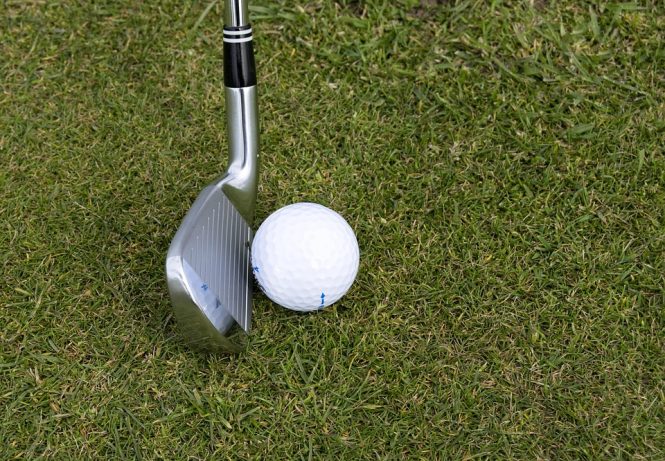
Understanding Your Irons: Choosing the Right Club for Every Shot
When it comes to playing golf, having the right clubs in your bag can make all the difference. Among the various types of clubs, irons are some of the most versatile and essential, used for a wide range of shots on the course. However, with so many different irons to choose from, it can be overwhelming to determine which one to use for each shot. In this article, we’ll break down the basics of irons and provide guidance on choosing the right club for every shot.
What are Irons?
Irons are a type of golf club designed for shots that require a higher level of accuracy and control. They are typically used for approach shots, shots from the fairway, and shots from the rough. Irons are characterized by their solid, flat face and are usually made of metal, with varying lofts and lie angles.
Types of Irons
There are several types of irons, each with its own unique characteristics and uses. Here are some of the most common types of irons:
- Long Irons (2-4 irons): These irons have a lower loft and are used for longer shots, typically from the fairway or rough.
- Mid-Irons (5-7 irons): These irons have a moderate loft and are used for shots that require a moderate level of accuracy and distance.
- Short Irons (8-9 irons): These irons have a higher loft and are used for shorter shots, typically from the fairway or rough, and for approach shots to the green.
- Wedge Irons (Pitching Wedge, Gap Wedge, Sand Wedge): These irons have a very high loft and are used for specialized shots, such as chipping, pitching, and escaping from sand traps.
Choosing the Right Iron
When choosing an iron, there are several factors to consider, including:
- Distance: Consider the distance to the target and choose an iron that will allow you to reach it comfortably.
- Trajectory: Think about the height and trajectory of the shot you want to play. A higher-lofted iron will produce a higher, more arcing shot, while a lower-lofted iron will produce a lower, more penetrating shot.
- Lie Angle: Consider the angle of the clubface and the lie of the ball. If the ball is sitting on a slope or in a difficult lie, you may need to choose an iron with a more upright or flatter lie angle.
- Swing Speed: If you have a slower swing speed, you may need to choose an iron with a more forgiving design and a higher loft to help get the ball in the air.
Tips for Choosing the Right Iron
Here are some tips to help you choose the right iron for every shot:
- Start with the basics: Begin by choosing an iron that you’re comfortable with and that you’ve used successfully in the past.
- Consider the terrain: Take into account the terrain and the lie of the ball. If you’re playing from a slope or uneven lie, you may need to choose an iron with a more specialized design.
- Think about the target: Consider the target and the shot you want to play. If you need to hit a high, soft shot, choose a higher-lofted iron. If you need to hit a low, penetrating shot, choose a lower-lofted iron.
- Practice, practice, practice: The more you practice with different irons, the more comfortable you’ll become with choosing the right club for every shot.
Conclusion
Choosing the right iron for every shot is a crucial part of playing golf. By understanding the different types of irons, considering factors such as distance, trajectory, lie angle, and swing speed, and practicing with different clubs, you can improve your game and become a more confident and skilled golfer. Remember to start with the basics, consider the terrain and target, and don’t be afraid to experiment with different irons to find what works best for you. With time and practice, you’ll be well on your way to mastering the art of choosing the right iron for every shot.